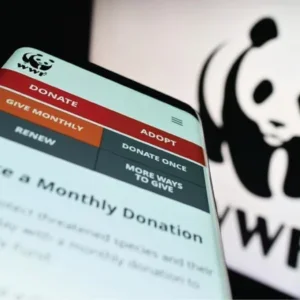The exisiting system of international trade classification for hides and skins has long been open to abuse. The sheer inadequacy of the various descriptions has resulted in confusion and, sometimes, dishonest manipulation. From January 2002 a new world categorisation comes into force which should end the anomalies and plug the loopholes.
The revision has been underway since 1996 through the FAO sub-group on hides and skins who asked Cotance to draw up a new schedule. After consultations with industry experts and revisions to take technical requirements into account, the proposal was forwarded to the World Customs Organization for approval.
After some deliberation by the WCO approval was granted and the amended schedule is to be implemented next year. The full list can be seen on page 12.
The FAO sub-group on hides and skins met in early June in Rome. In addition to the new customs’ classifications, they also gave consideration to a number of proposals for aid to African countries which when approved will be funded by the Common Fund for Commodities, an intergovernmental organisation.
The meeting agreed to continue with the current raw hides and skins grading and pricing system in selected African countries, which is being administered through ESALIA, and to extend the scheme to cover wet-blue grading.
Back for the fourth time was a project for the improvement of leather products manufacture in Ethiopia, Kenya, Sudan and Zimbabwe, in order to add value to African leather. The problem has not been in the will to help but in the complexity of the proposals. It is currently being split into two sequenced phases for resubmission to the CFC this year.
The estimated cost is US$6,938,000 of which $1 million is sought as a grant and $5 million as loan facilities.
Another project proposal, prepared and modified by the government of Mali, is aimed at providing technical and financial assistance to improve production and marketing of raw hides and skins and leather and leather products in West Africa. Particularly aimed at Burkina Faso, Mali, Mauritania, Niger and Senegal, the project would be located in Mali and Mauritania. The estimated cost is US$4.9 million.






